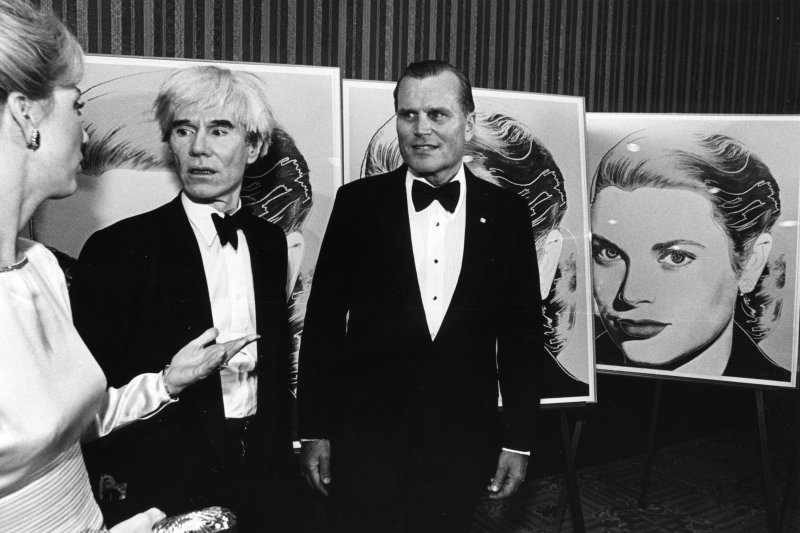Andrew Romano
West Coast Correspondent,
Yahoo News•June 1, 2020

By a bare majority, Americans think President Trump is a racist and want him to stop tweeting, according to a new Yahoo News/YouGov poll.
The survey, conducted on May 29 and 30, found that 52 percent of Americans answered yes when asked whether they “think that President Trump is a racist.” Only 37 percent said no. Just 33 percent said the president should continue “posting messages on Twitter.” Fifty-four percent said no to the question.
A similar majority of Americans said they disapprove of Trump’s handling of race relations — among them, 41 percent of the total agreed “strongly” and 12 percent agreed “somewhat.”

The poll lands at a moment when violent protests against police brutality and the death of George Floyd continue to roil American cities, and when Trump’s leadership strategy has been called into question. Over the weekend, the president did not deliver a national address on the crisis, instead choosing to hunker down inside the White House and at one point rushing to a secret bunker as hundreds of protesters gathered outside the executive mansion. The Associated Press reported Monday morning that in a conference call with governors, the president urged them to crack down on demonstrators, telling them they were “weak.”
According to the Washington Post, the lack of a public response by the president was deliberate. “Trump and some of his advisers calculated that he should not speak to the nation because he had nothing new to say and had no tangible policy or action to announce yet, according to a senior administration official,” the Post reported. “Evidently not feeling an urgent motivation Sunday to try to bring people together, he stayed silent.”
Yet Trump continued to tweet. One tweet “attacked the Democratic mayor of Minneapolis; another announced that his administration would designate the antifa movement a terrorist organization; a third accused the media of fomenting hatred and anarchy; and in yet another, he praised himself for the deployment of the National Guard and denigrated former vice president Joe Biden,” according to the Post.
The public’s response to Trump’s tweets and racial attitudes is predictably divided along party lines. Eighty-six percent of Democrats say Trump is a racist; 56 percent of independents agree. Yet only 13 percent of Republicans characterize the president that way.
Likewise, 82 percent of Democrats say Trump shouldn’t be tweeting; 60 percent of independents concur, a jump of roughly 10 percentage points since the protests began. Yet only 21 percent of Republicans want Trump to quit Twitter.
Race plays a role as well: black Americans are far more likely than white Americans to say that Trump is a racist (74 percent vs. 43 percent) and that he should stop tweeting (76 percent vs. 48 percent).

Despite these divisions, most Americans agree that specific Trump tweets are out of bounds. Shown an image of a recent tweet in which he called MSNBC host and former Florida Rep. Joe Scarborough a “Nut Job” and baselessly insinuated that he was involved in the murder of one of his congressional staffers, 52 percent said they disapproved. Only 23 percent said they approved (though a majority of Republicans, 53 percent, found something to approve of).
Shown another recent Trump tweet in which the president quoted a phrase popularized by segregationist politician George Wallace — “when the looting starts, the shooting starts” — and asked whether they consider the message racist, Americans were torn, with 44 percent saying yes and 44 percent saying no. A majority of Democrats (71 percent) and a plurality of independents (46 percent) said the tweet was racist; only 14 percent of Republicans agreed. Three-quarters of African-Americans (76 percent) said the message was racist; 54 percent of whites said it was not.
President Trump on the South Lawn of the White House after arriving on Marine One on Saturday. (Stefani Reynolds/Bloomberg via Getty images)
There’s no indication Trump won’t keep tweeting for the remainder of his presidency (and beyond). Acknowledging that reality, Americans largely agree with Twitter’s recent decision to flag individual tweets from the president as false or dangerous. A plurality — 47 percent vs. 37 percent — say the social media platform was right to call out Trump’s looting-shooting tweet for “glorifying violence.” Overall, 56 percent think social media sites such as Facebook and Twitter should fact-check user posts, while only 28 percent say they shouldn’t.
When asked which statement “comes closest to your opinion,” a full 85 percent of Americans said that “Twitter should apply the same rules to political leaders as it does to other users.”
Just 15 percent said that “Twitter should not censor posts by political leaders, even if they are false or threatening.”
_________
The Yahoo News survey was conducted by YouGov using a nationally representative sample of 1,060 U.S. adult residents interviewed online between May 29 and 30, 2020. This sample was weighted according to gender, age, race and education, as well as 2016 presidential vote, registration status and news interest. Respondents were selected from YouGov’s opt-in panel to be representative of all U.S residents. The margin of error is approximately 4.3 percent.





 S.C.U.M Manifesto [PDF, 1.7mb]
S.C.U.M Manifesto [PDF, 1.7mb]













